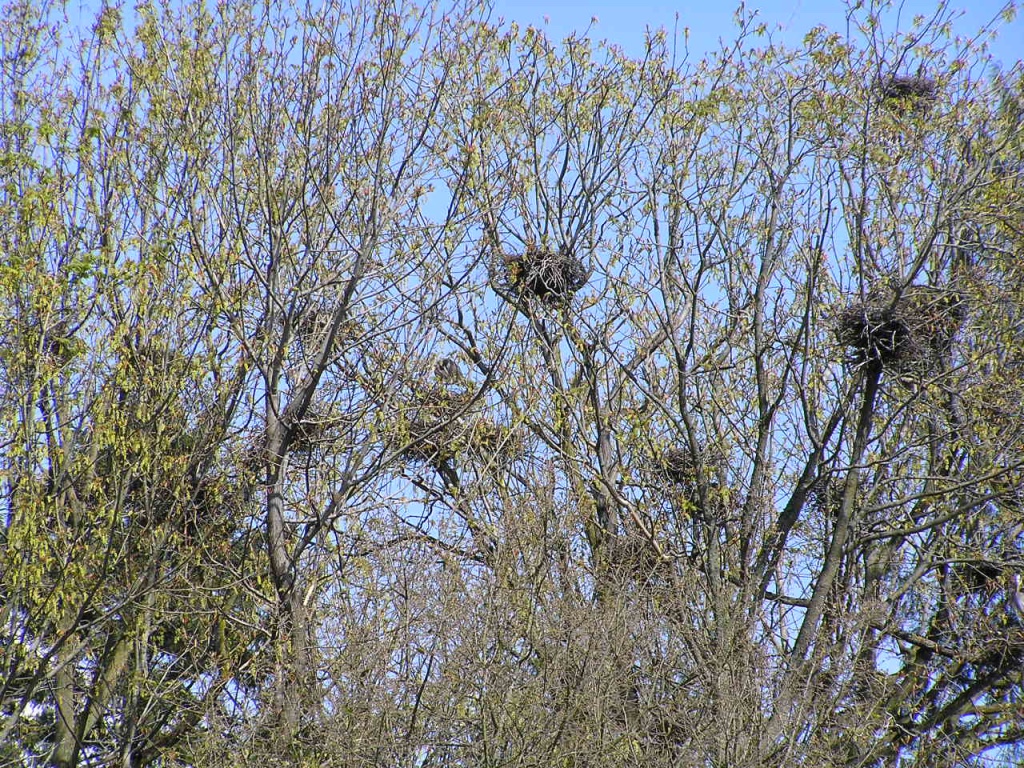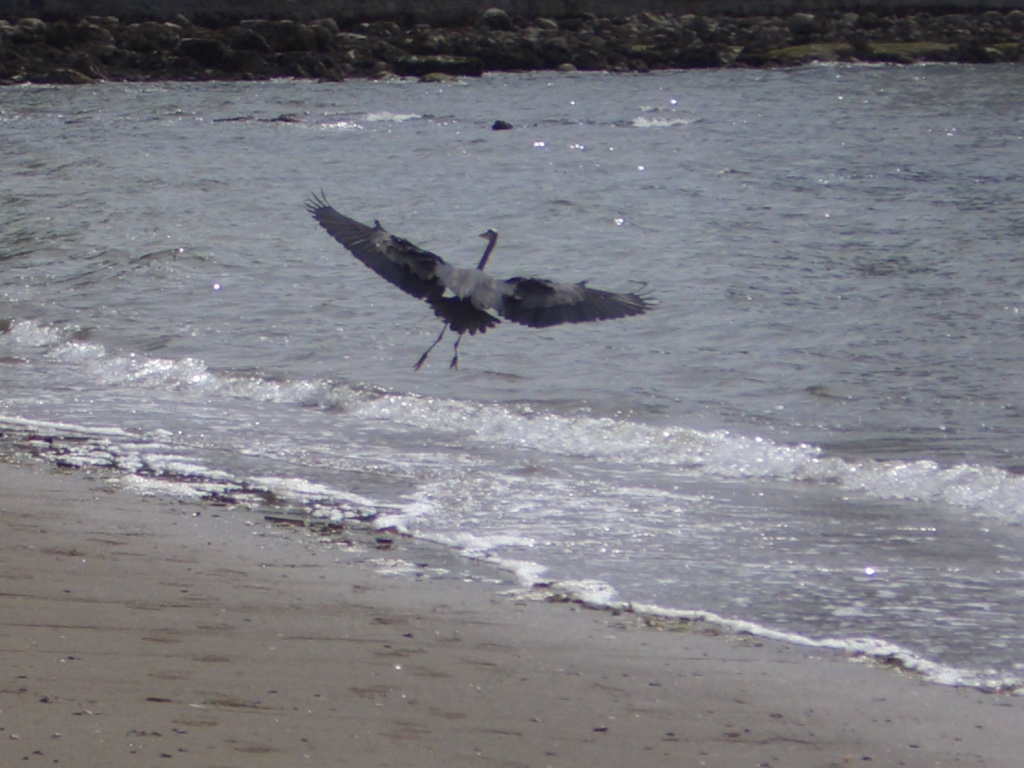Finally, the announcement of a new president elect arrived after a few tense days of watching and waiting. However, the election is far from over. Counting continues for mail-in ballots in some states. (For more insights on the mail-in process, read this and this.) And recounts for some places where the results were close.
POTUS has yet to concede. Instead, he spends his time tweeting fraudulent claims about the US election process and golfing. And for some of the 70+ million people who voted for him, they accept these unsubstantiated declarations as facts. Perhaps these are the “alternative” facts we’ve heard so much about the past four years.
What this all amounts to is one of the most dangerous consequences of having too much information disseminated too quickly through social media channels. Polluting information channels is easy for people who know how. Here’s the recipe:
- Craft contradictory, sensational, and catchy titles.
- Ensure title is short for repeating easily.
- Disseminate it through multiple channels.
- Watch it spread.
In a short time, the disinformation becomes part of the main narrative. Competing against real facts. Right now a potential audience of 70+ million people are looking for answers about how their candidate lost. Within a day of the election ending, with ballots still being counted, the alternative narrative gained momentum, continuing a story that had started months ago. Things got confusing and muddy quickly.
For example, a lot of confusion and misinformation spread about whether or not, and when, remaining ballots should be counted. In States where the President was trailing, votes should be counted. In States where the President was winning, votes should not continue to be counted. It’s dizzying! All ballots should be counted. The process is clunky and outdated, but trustworthy.
The funny thing is, once a person believes something, it’s very difficult to correct the bad information. Fact checkers do a wonderful service, even though the results of their efforts often go unappreciated.
How to Stop Information Pollution
If you’re spreading disinformation, that only adds to the problem. Here are some tips to stay informed and learn how to detect disinformation.
- Evaluate the source. Is the information coming from a credible source? Is there evidence?
- Read the content! Avoid spreading sensational titles without understanding the context. Or at least reading it first.




